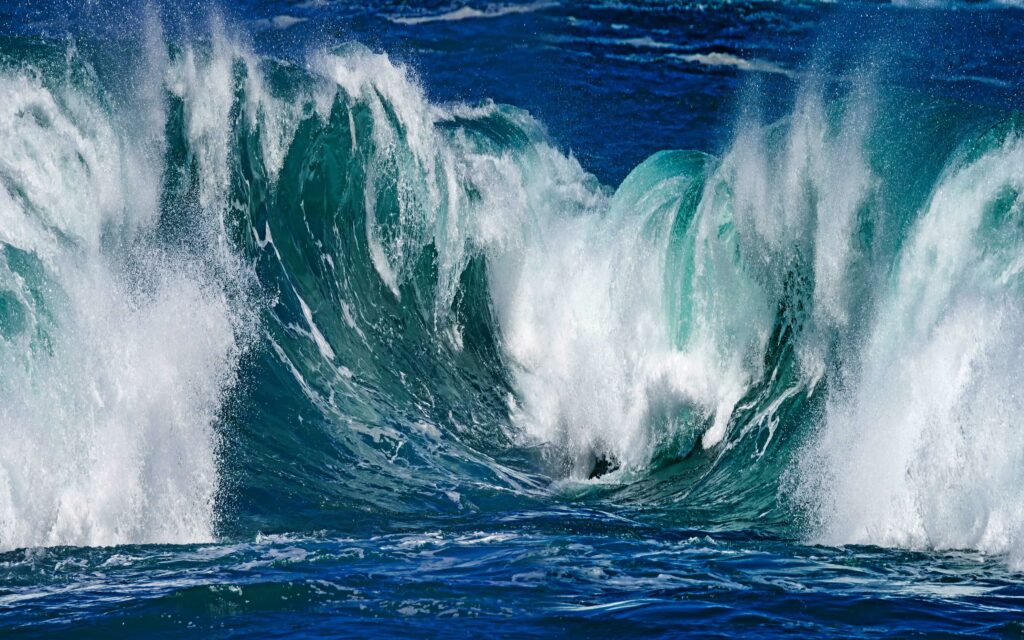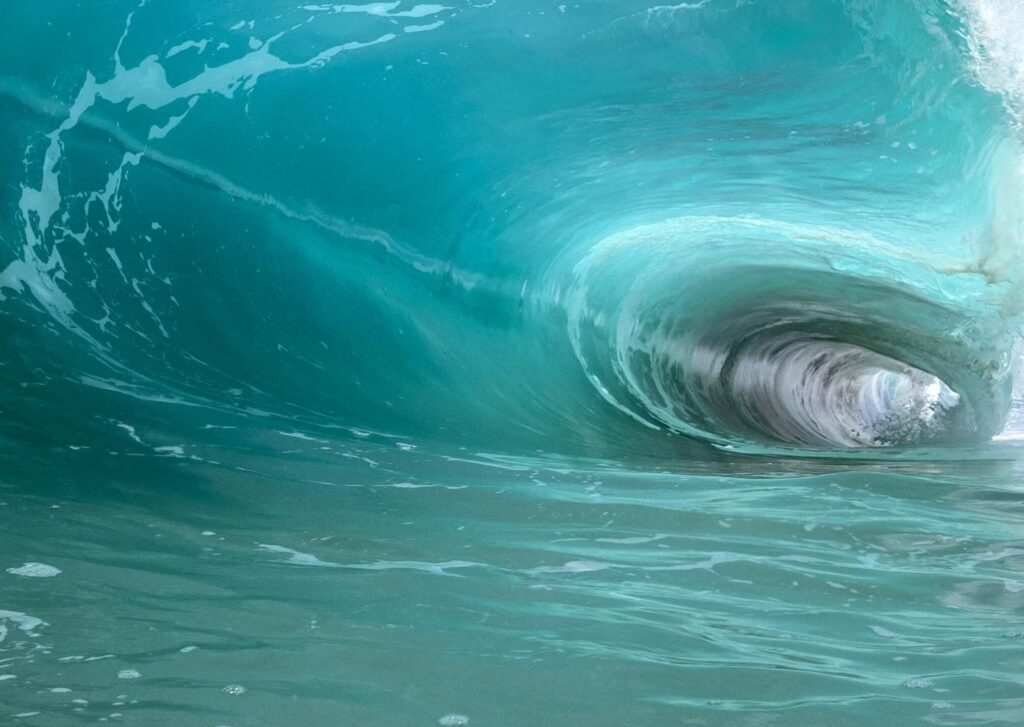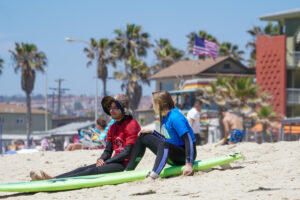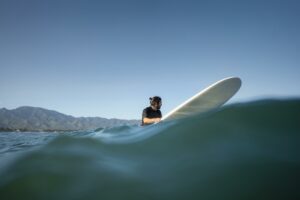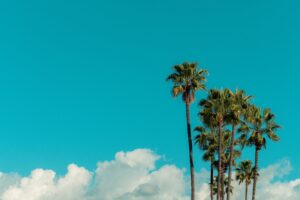What Is The Cyclops Wave?
The cyclops wave is one of the most unique, powerful, and thrilling waves you’ll find anywhere. Surfers come from all over the globe to surf this wave, but it is not for the weak or inexperienced.
The unique quality of this wave, and what makes it so challenging, is that the water near the granite reef is so shallow you could stand on the area and only be in a few inches of water!
Read more to find out more about Cyclops, where you can find it, and when you should plan to visit for the best surfing experience.
Where Is The Cyclops Wave?
Cyclops is one of the most dangerous surf waves in the world.
A seven-hour drive from Perth, the Cyclops surf spot is located off the coast of Western Australia and is only accessible by boat.
The wave is dangerous because it does not act like any other wave in the world. It engulfs itself due to the massive change in the ocean floor when the wave rolls up. A large swell comes out of the water then the wave breaks on the sharp and shallow reef creating a wave like no other.
It also has one of the thickest lips on the planet, and the wave breaks with an oval-shaped barrel. The oval-shaped barrel is its defining characteristic; thus, its name refers to the single-eyed Greek mythological creature.
This is not a wave for a beginner to attempt! If anything, it is one of the most advanced waves out there, and any surfer who wants to take this on should only do so after extensive research and preparation.
How Do I Get to the Cyclops Wave?
Getting to the Cyclops wave can be tricky. Be warned: you can only get there by boat, so medical assistance will not be easy to come by if something goes awry.
The wave is off the Esperance coast near Cape Le Grand National Park and at the edge of Cape Arid National Park. Make a travel plan to be sure you can get to and from the wave without incident. Since the wave is near these nationally protected areas, check drivable routes or other park closure notices before you head out.
When Should I Surf Cyclops Wave?
The best time of the year to surf Western Australian waves is between June and August; these are the winter months in Australia.
Though this is the best time to surf, according to experienced Western Australian surfers, the water in this area has predictable swells all year long, so you can surf it almost any time of the year.
One thing to watch out for is the large number of sharks in the area. Stay out of the water at dusk and dawn hours since sharks are most actively hunting for prey.
Rest assured, avoiding these times of day should not hinder your ability to surf the Cyclops Wave.
Surf’s Up
If you’re on the search for the Cyclops, he’s going to make you work for it. Located off the coast of Western Australia, this wave is only accessible by boat and known for its difficulty. If you plan to tackle the Cyclops, be sure to research and plan ahead of time before tackling this extreme beast.
Want to Get Started Surfing?
If you’re interested in learning how to surf so you can eventually experience the thrill of riding a Cyclops wave yourself, the San Diego Surf Lessons offered by Pacific Surf School are exactly what you need to kickstart your surfing journey. With our seasoned instructors and customized lessons, we’re geared up to help you accomplish your surfing goals.
We offer a variety of options for our lessons such as; private, semi-private, and group surf lessons!
So don’t wait, take the first step towards your surfing journey today by contacting Pacific Surf School. Our team is ready to help you get started and achieve your surfing dreams.
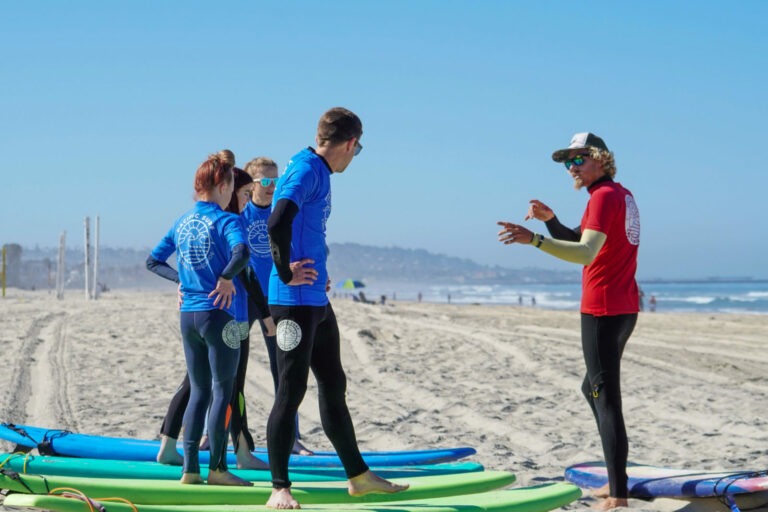
FAQs
Read on to learn the most frequently asked questions related to cyclops waves.
The largest wave ever surfed is reported to be a 100-foot wave (30.48 meters) ridden in 2013 by Brazilian surfer Carlos Burle in Nazaré, Portugal. Guinness World Records officially acknowledged this wave as the biggest wave ever surfed.
A colossal 100-foot wave smashed into the Draupner oil rig in the North Sea in 1995, becoming the greatest wave ever officially recorded. This wave was created by a rare meteorological occurrence known as a “freak wave,” which is described as a wave that is significantly larger than the area’s typical wave. A multitude of circumstances, including powerful winds, currents, and the combination of different types of waves, can generate freak waves.
A Bombie surf is a type of simulated wave generated by the use of a Bombie, which is a man-made device meant to generate waves in areas that would otherwise be flat or low-surf. Bombies are commonly used in surfing contests and exhibitions to provide a steady and reliable wave for surfers to ride. Bombies are also utilized in surfing training programs because they allow surfers to practice and enhance their abilities in a safe and controlled setting. Bombies are normally composed of steel or concrete and may be altered to produce various sorts of waves, such as barrels, walls, and ramps.

